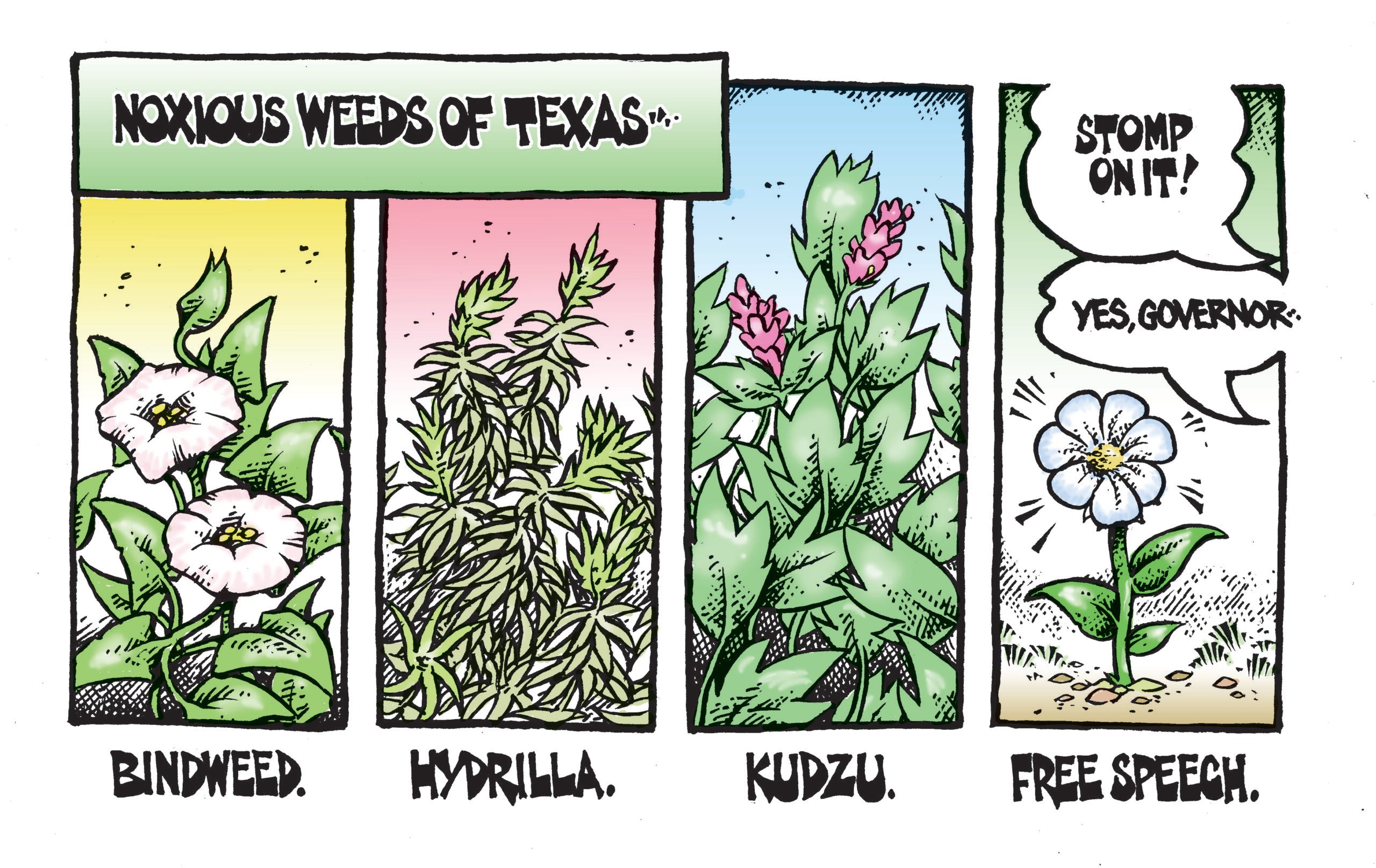ustxtxb_obs_1981_09_11_50_00010-00000_000.pdf
Page 5
“Every gallon that goes through this refinery is taken from other existing refineries that have ample spare capacity,” he said. “There is no job creation. People will be laid off at other refineries for every job that is created here. “Most of our refineries are running at only 80% of capacity today. This is strictly a gimmick built into our laws, unfortunately. These small refineries have a handsome payoff before they open a valve, because of a loophole created by Congress. Big companies provide them with oil at the average price. But on each barrel they run through, they get spot price, premium price, as much as $4.50 per barrel profit.” EPA dismissed all complaints that there would be only limited benefits to the economy of the affected area by saying in their ruling, “The proposed facility is part of the Bayport industrial development which has the potential of be.coming a major economic force in the area.” Speaking at the hearing, Allison said, “They assess each individual little permit and none seems too bad. But all together the impact is significant. I think the time has come to look at a total basin plan for this port facility . . . . Other federal agencies, such as Housing and Urban Development, secure thousands of acres for proposed development and do total environmental assessments on a grand scale. Bayport should be approached in the same manner.” Bayport Industrial District was created by Friendswood Development Co., a wholly-owned subsidiary of Humto the Port of Houston for construction of Bayport channel. In 1965 Friendswood Development distributed brochures to area residents with pictures peared to indicate that only warehouses and docking facilities would be built east of Highway 146. One of the pictures, captioned “artist’s conception of what Bayport channel will look like,” apeared in the January, 1972, issue of Humble in Houston. Russell Schutt of the city of Pasadena tax office says, “The land was annexed by Pasadena in the past, but then deannexed to form the industrial district. The original set of contracts with Friendswood Development, Celanese, and the other companies that were already there, was in 1970. The development is now called the Pasadena Industrial District. It is surrounded by a 200foot-wide strip that is within the city of Pasadena’s jurisdiction, so other cities cannot annex the area. Approximately thirty industries are located in the district now. We don’t have any control of 10 SEPTEMBER 11, 1981 what goes in there. It’s not a part of the city of Pasadena. We don’t tax it. They pay a fee to Pasadena in lieu of taxes. We make our own appraisals of that property.” “There is no job crea tion. People will be laid off at other refineries for every job that is created here.” In 1978 American Hoechst Corp., which is part of a multinational pharmaceutical and chemical conglomerate under Hoechst AG, the parent company that is headquartered in Frankfurt, West Germany, announced it had bought land on the south side of Bayport channel and obtained a permit from the Texas Air Control Board to build a $160 million plant for producing high-density polyethylene and styrene monomer. GBCPA sued the Texas agency in state courts to overthrow the permit, but lost. The Hoechst plant was completed a year ago. Saletan says, “Friendswood Development used a block-buster approach in bringing in Hoechst’s plant as the first heavy industry east of 146. Now they’re building on the north side of the channel, next to homes.” “It’s a question of best land use,” says Allison. “They aren’t making any more coastal land.” Clark Thompson, GBCPA’s lawyer, adds, “When something happens, when Hoechst puts a cloud of benzene across sustain? How many people will be injured? Nobody seems to give a damn but us.” “Intercontinental is going to be refining both sweet and sour crude,” says Allison. “That’s a messy operation.” Saletan points out that large volumes of high-pressure hydrogen sulfide, a highly toxic gas, would be produced in the refining process. “What if a cloud of that is released?” he asks. Shoreacres Mayor Rowe Holmes told the EPA, “In the original public hearing, Intercontinental Refining stated that its crude oil would be pipelined in. Now it wants to bring it in and out by barge and truck. Channel traffic will be increased by four tankers, 33 barges per month, and the fire and explosion hazard will rise by 60%.” Hector Pena, an environmental specialist with the enforcement division of the EPA, said, “The total fire and explosion probability would be only onehalf percent per month.” Saletan pointed out that comes to “6% per year, or a reasonable chance of fire or explosion every 16 years . . . . The assumption is that you’re going to have a single fire or explosion, but these events do not come singly they cascade.” He reminded residents of the runaway butadiene barge that forced the evacuation of many homes in the area during Hurricane Allen last summer. “You can view the woods as a buffer, but it’s also something that can carry the flames to homes,” he said. The Texas City disaster of April, 1947, which killed almost 600 people, injured approximately 4,000, and caused property damage in excess of $67 million, was triggered by a shipboard explosion. Allison comments, “If a tanker came in the channel and exploded, you’d kill a bunch of people, that’s all. The EPA doesn’t like to deal with hazard situations. They’re more ecologically oriented than socially oriented.” The EPA estimates that, for 78 vessel movements per month at the Intercontinental dock, “the probability of an exonce agency also claims these expectancy rates decrease significantly for a major EPA concludes, “The possibility of major F/E event at dockside is effectively mitigated.” Other potential “F/E” situations are disregarded because they are “not associated with the cargo,” won’t be due to storage tank rupture since no storage tanks will be on dock, and cannot result from “collision, structural failures or groundings” in the channel because the channel will be one-way, its depth will be maintained, and “most structural failures occur at sea during rough weather.” Air quality is another of the citizens’ concerns. Richard Rogan, a representative of the city of Seabrook, urged the EPA “to consider the aggregate pollution of this area.” EPA says, “Phase I \(of the lem. Phase II [sour crude refining], however, . . . will have emissions of NOx [nitrogen oxides], SO2 [sulfur dioxide], and hydrocarbons exceeding PSD [prevention-of-significant-deterioration] thresholds . . . . Construction of Phase


